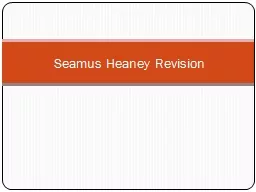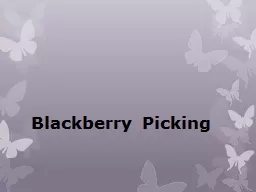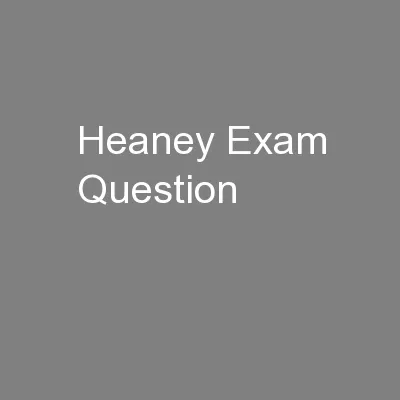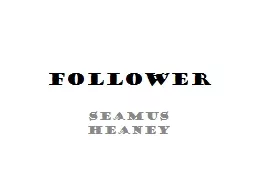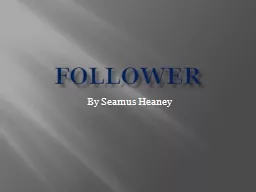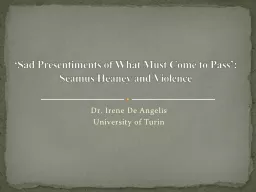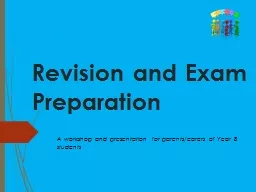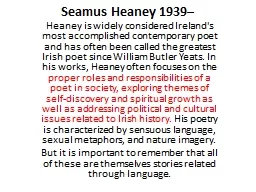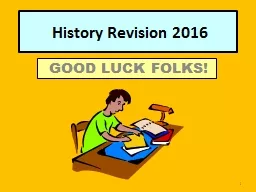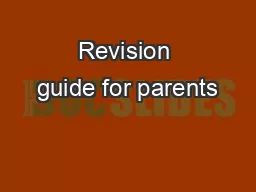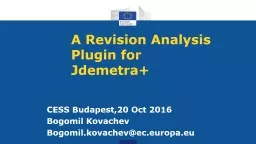PPT-Seamus Heaney Revision
Author : liane-varnes | Published Date : 2017-05-11
The Underground The poem opens with an honest depiction of their honeymoon in London There we were in the vaulted tunnel running You in your goingaway coat speeding
Presentation Embed Code
Download Presentation
Download Presentation The PPT/PDF document "Seamus Heaney Revision" is the property of its rightful owner. Permission is granted to download and print the materials on this website for personal, non-commercial use only, and to display it on your personal computer provided you do not modify the materials and that you retain all copyright notices contained in the materials. By downloading content from our website, you accept the terms of this agreement.
Seamus Heaney Revision: Transcript
Download Rules Of Document
"Seamus Heaney Revision"The content belongs to its owner. You may download and print it for personal use, without modification, and keep all copyright notices. By downloading, you agree to these terms.
Related Documents

